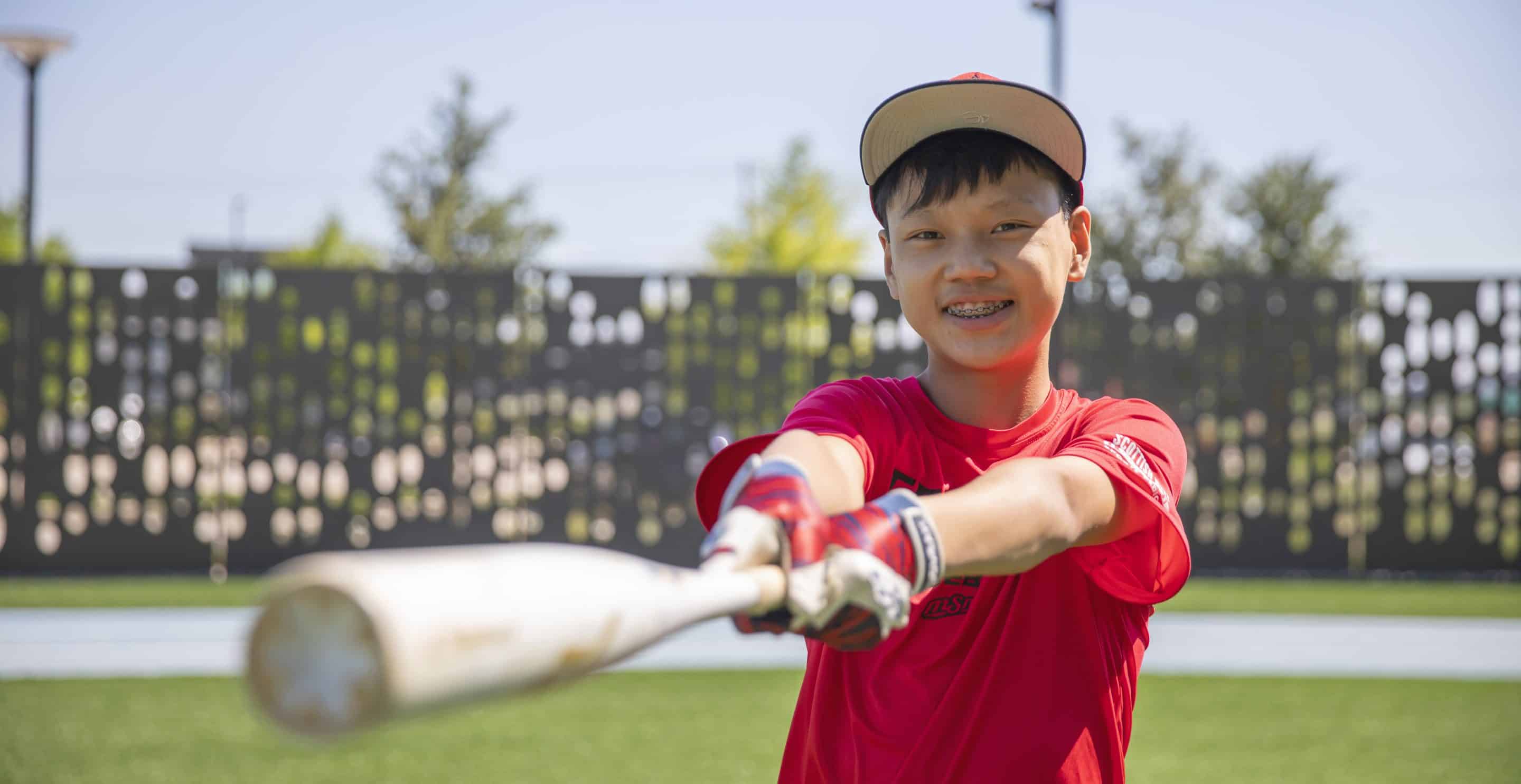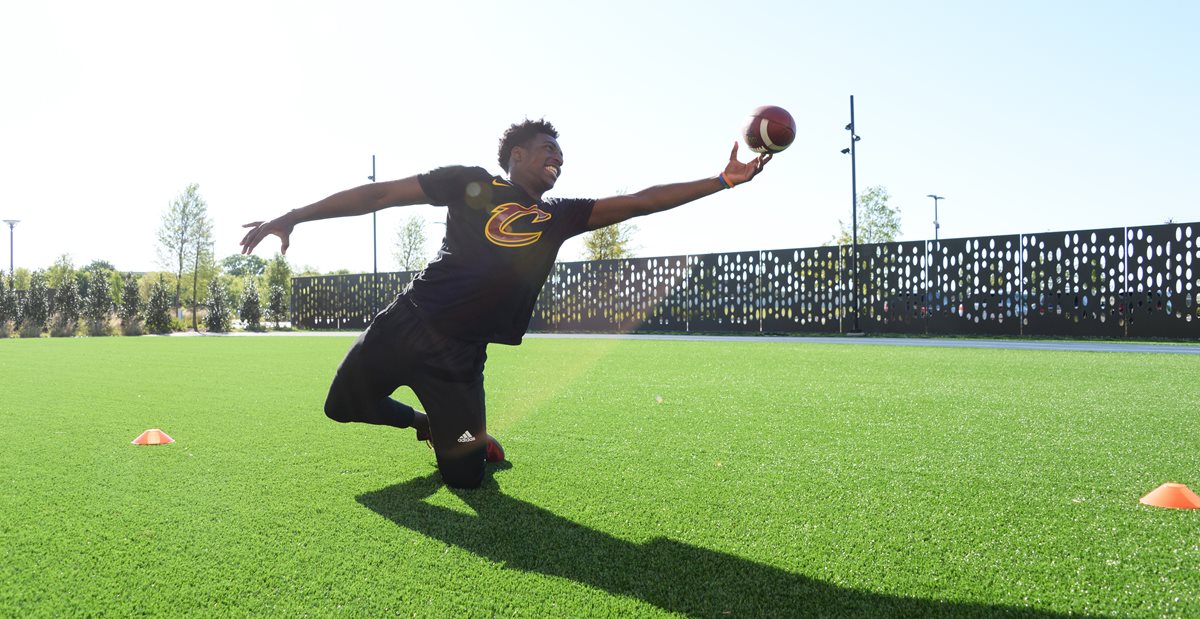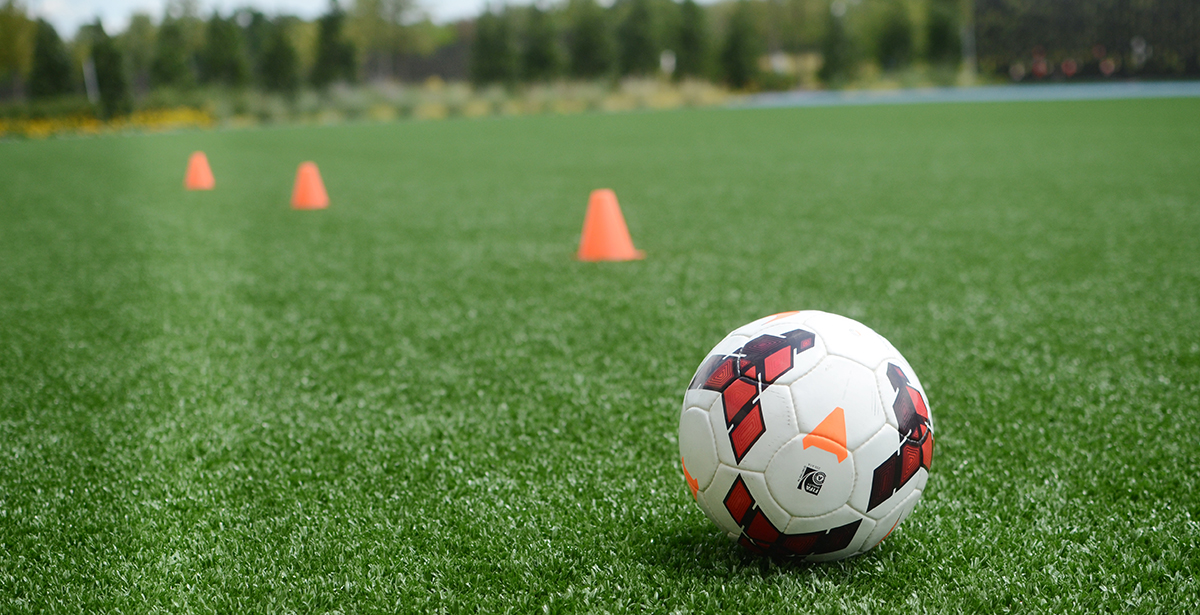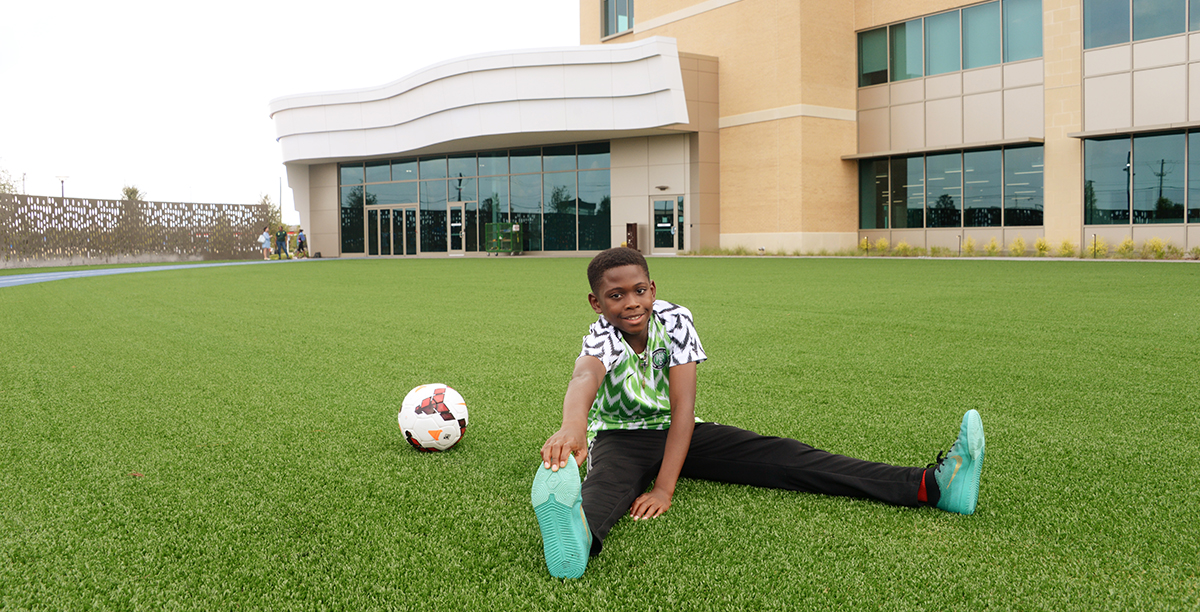Pediatric orthopedic surgeon and sports medicine expert Henry B. Ellis, M.D., spoke with the National Council on Youth Sports about Preventing Overuse Injuries in Youth Sports. Here are the key takeaways from his webinar: What is an overuse injury? Ellis:...






